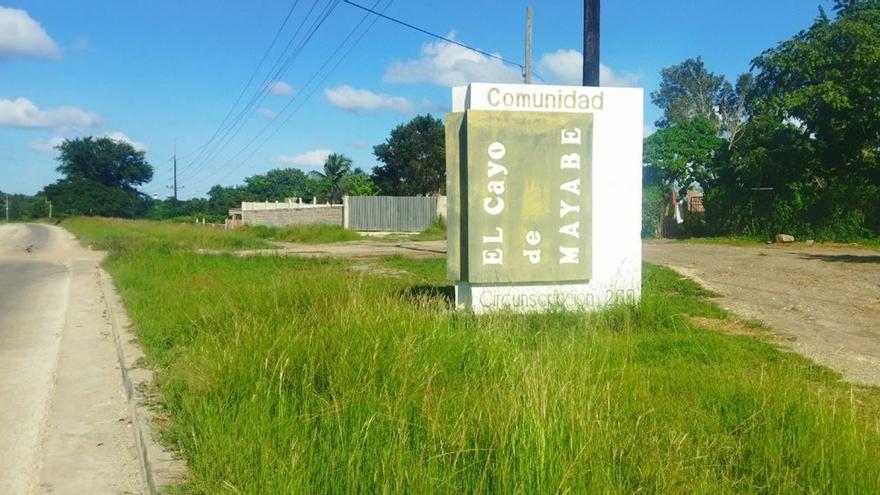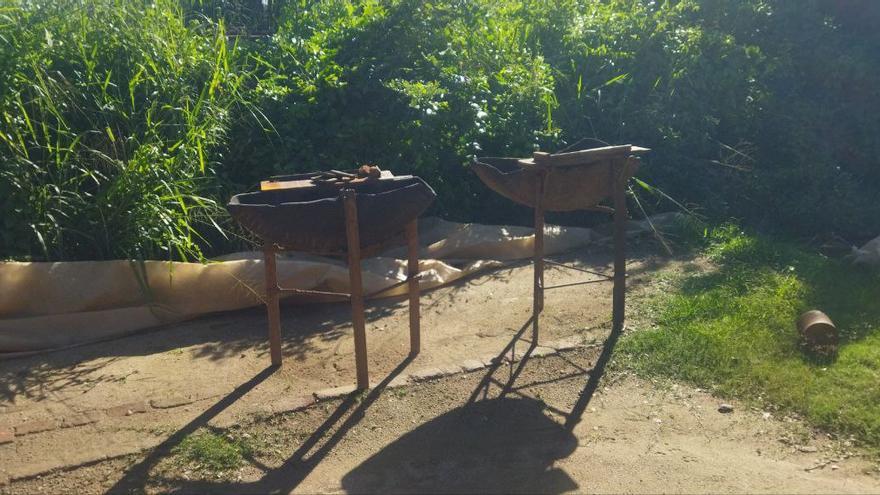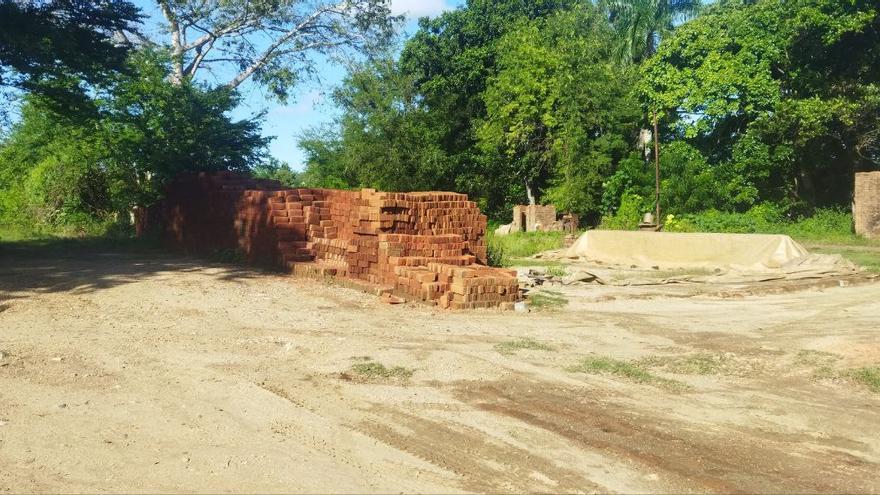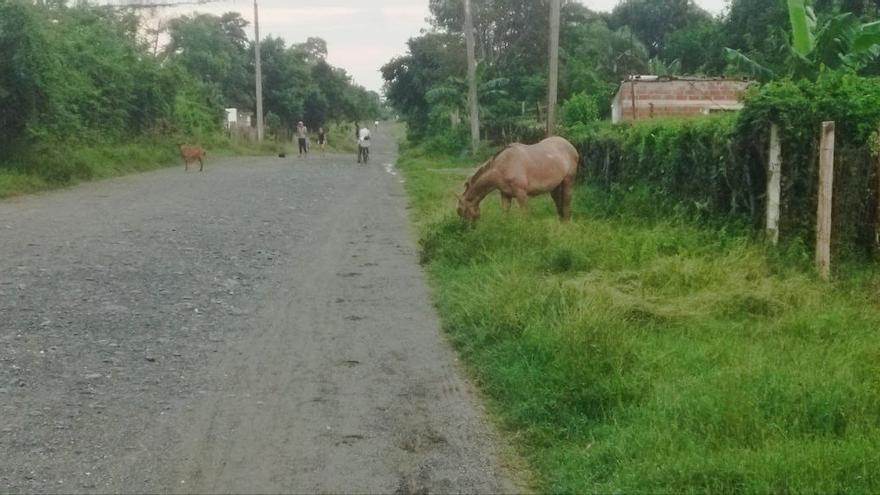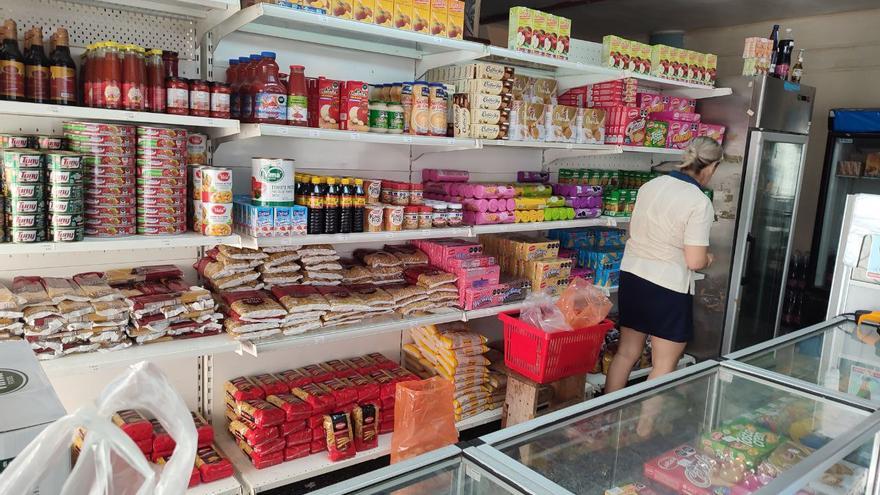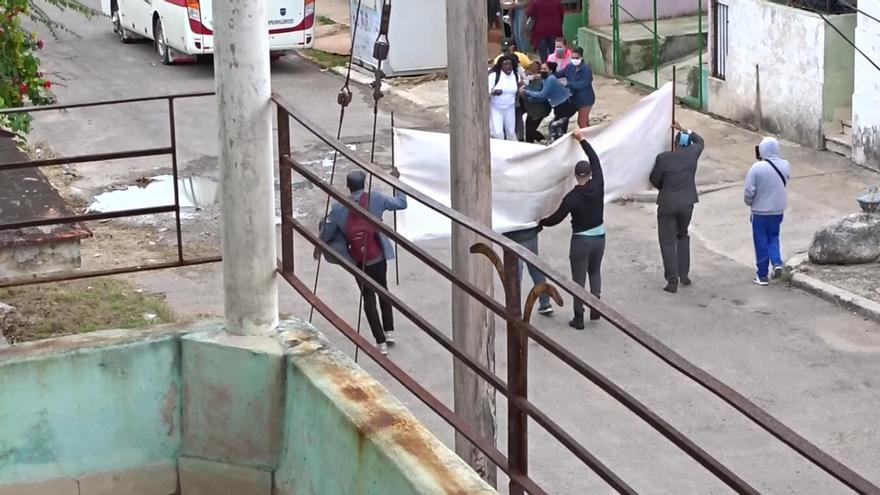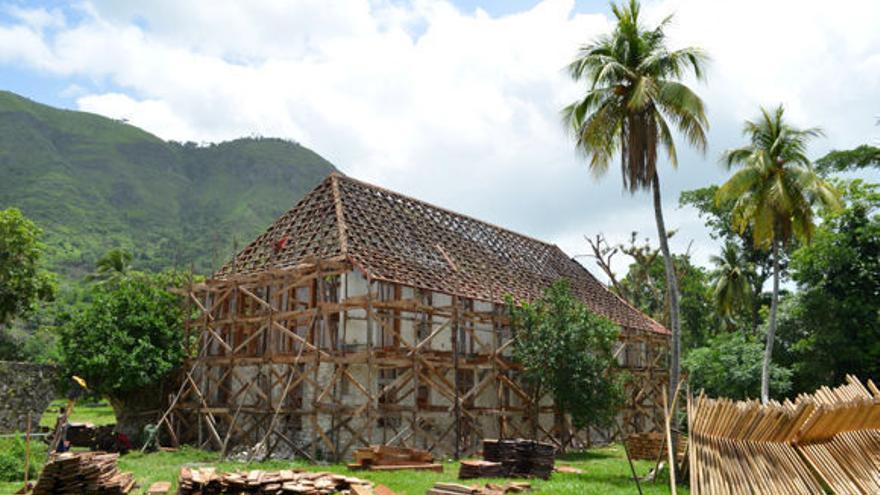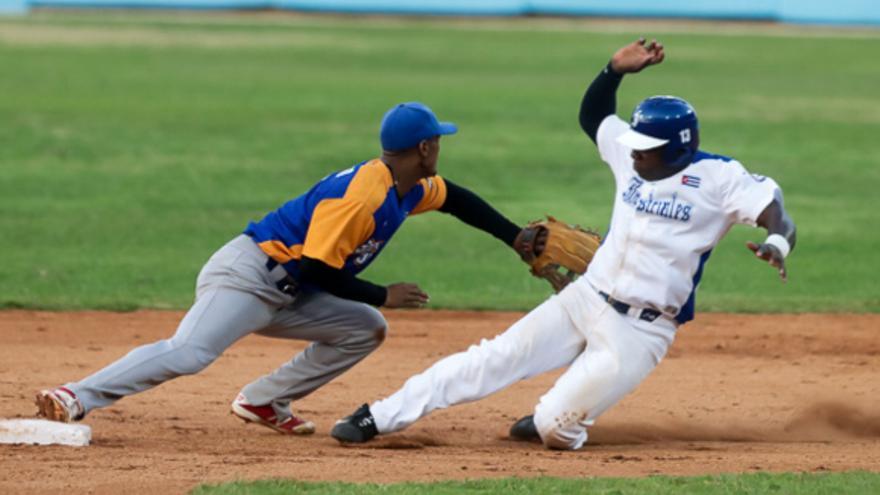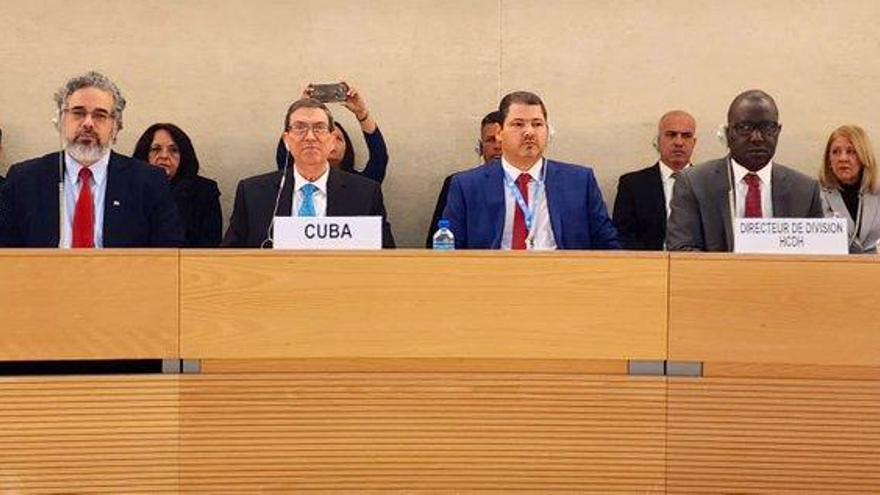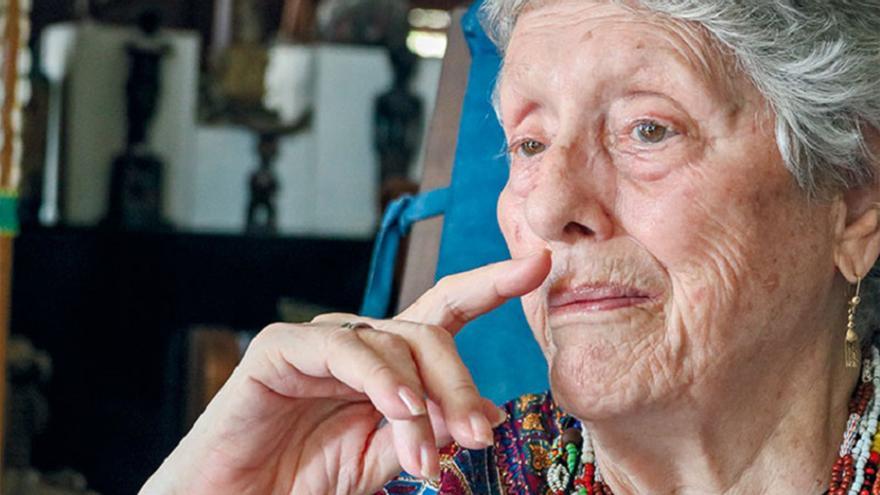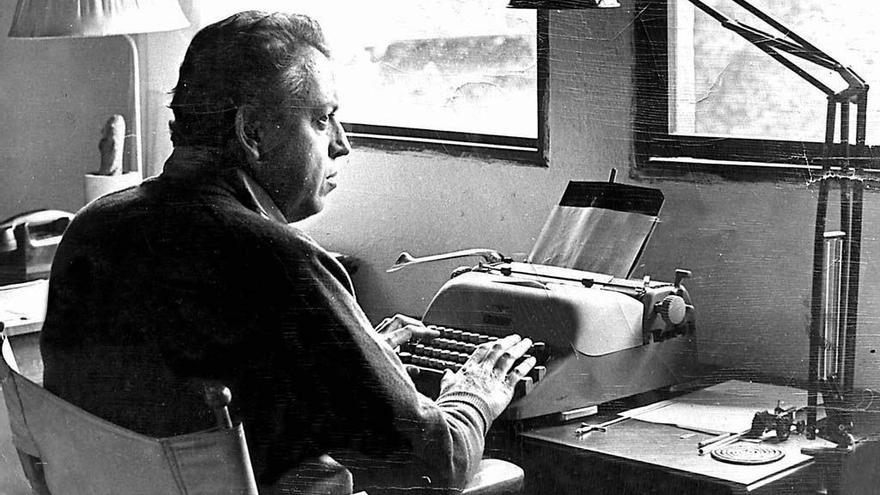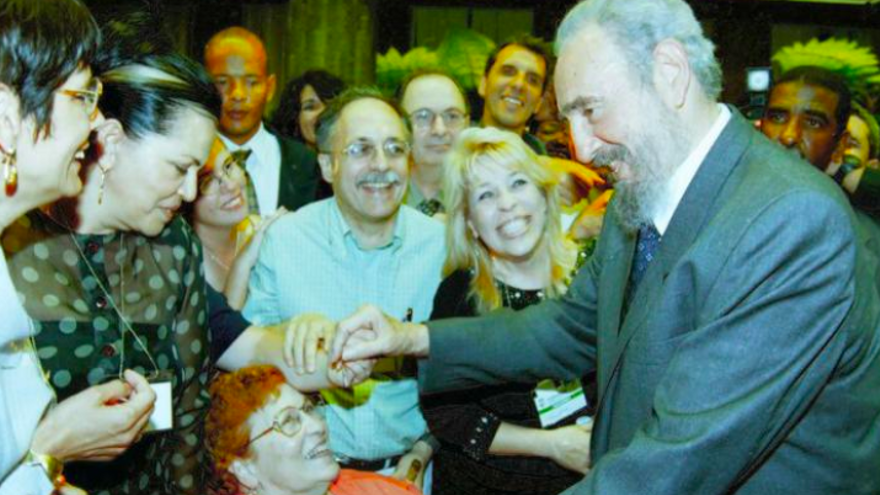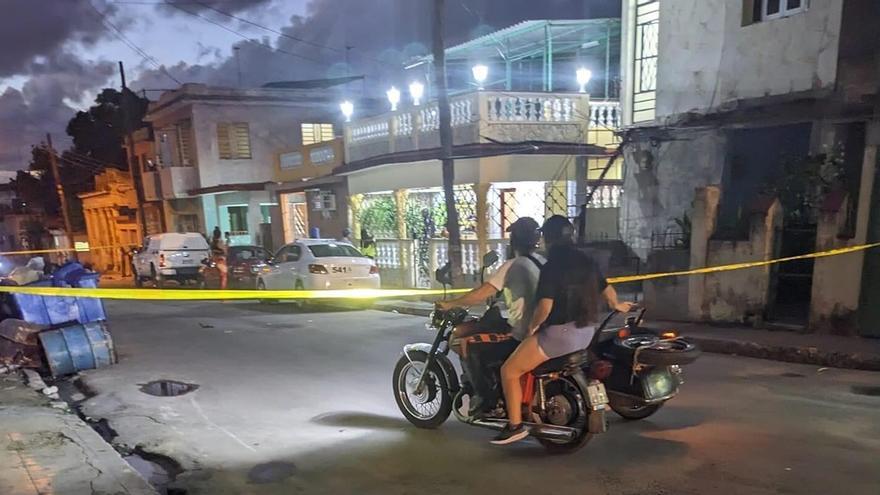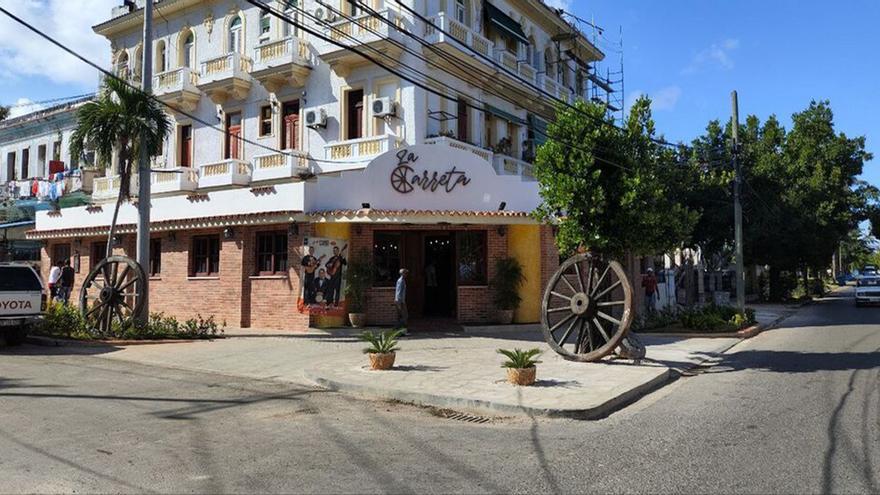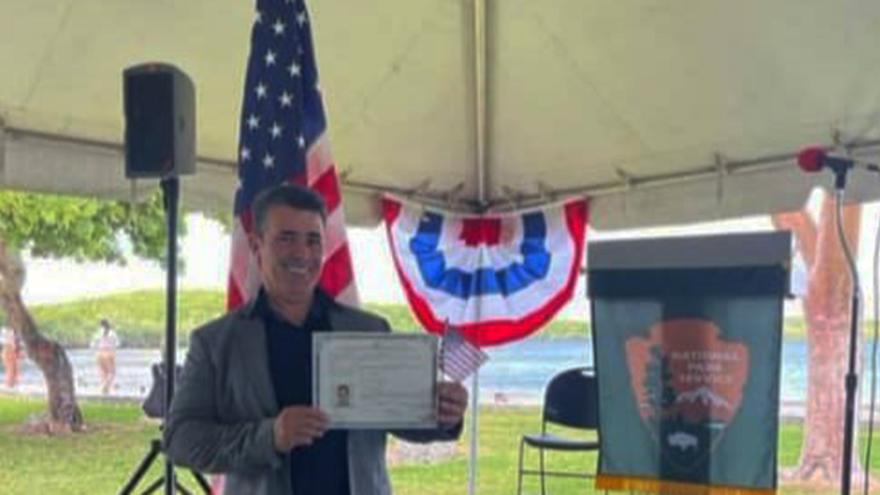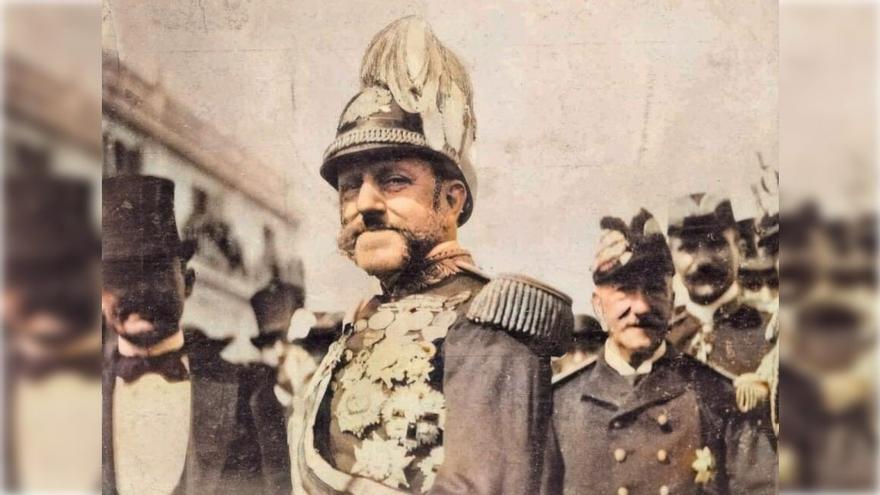
![]() 14ymedio, Yunior García Aguilera, Madrid, 22 November 2023 — Cuban historiography recognizes Valeriano Weyler as one of the most nefarious characters in our history. And he certainly was. His “Reconcentration” policy caused the death of hundreds of thousands of civilians, especially children, women and the elderly. The “reconcentrated” were thrown together in the villages, surrounded by barbed wire. Families slept in doorways, streets and barracks, decimated by hunger and disease. American newspapers called him “the butcher,” “the most sinister figure of the 19th century.” And in the memory of Cubans he is recorded as a tropical Hitler.
14ymedio, Yunior García Aguilera, Madrid, 22 November 2023 — Cuban historiography recognizes Valeriano Weyler as one of the most nefarious characters in our history. And he certainly was. His “Reconcentration” policy caused the death of hundreds of thousands of civilians, especially children, women and the elderly. The “reconcentrated” were thrown together in the villages, surrounded by barbed wire. Families slept in doorways, streets and barracks, decimated by hunger and disease. American newspapers called him “the butcher,” “the most sinister figure of the 19th century.” And in the memory of Cubans he is recorded as a tropical Hitler.
For Spain, however, he was much more than an illustrious soldier. Not only did he participate in almost all the wars that the country fought in his time, but he was also captain general of Valencia, the Canary Islands, the Balearic Islands, the Philippines, Cuba, Catalonia, Burgos, Navarre and Vascongadas and Castilla la Nueva. He was recognized as a capable, hard and inflexible soldier, oblivious to conspiracies and political compromises. He was senator of the Kingdom for the Canary Islands, head of the Central General Staff, twice Minister of War and president of the Supreme Council of War and Navy. He received the titles of Marquis of Tenerife and Duke of Rubí, as well as Spanish nobility and the Golden Fleece.
Today there are some monuments in his honor. In Santa Cruz de Tenerife there is a square that bears his name. And on Madrid’s Marqués de Urquijo street, number 39, there is a commemorative plaque where you can read: “Valeriano Weyler, model of loyalty.” One might ask: how is it possible that, in our time, someone with war crimes has monuments in his name?
His defenders, who are not few, attribute the black legend of Weyler to a campaign of the American press at the time. It is true that the American yellow press sought to force the Government into conflict. It is also true that the enemies of Spanish Prime Minister Cánovas echoed those complaints in Spain. But that does not diminish Weyler’s responsibility in the genocide. continue reading
Arsenio Martínez-Campos, whom Weyler replaced, had admitted to feeling unable to implement those drastic measures, although perhaps inevitable, from a military point of view. Weyler defended himself from his critics by arguing: “You don’t fight a war with chocolates.” Was the Spanish general successful? To a certain extent. He managed to kill Antonio Maceo, the ’Bronze Titan’, and to “pacify” the western part of the Island. But at what price?
There are some monuments in his honor today. In Santa Cruz de Tenerife there is a square that bears his name
On the other hand, those who seek to clear Weyler’s name argue that the Reconcentration Policy was neither new nor was it practiced exclusively by Spain. They also defend the idea that the Weylerian measures sought to protect the peasants from the mambises [rebels] abuses. And here I take a break. It is obvious that not all Cubans sympathized with independence. It is true that many openly supported Spain, even with weapons. It is more than likely that some insurgents committed abuses against those who refused to help them or considered themselves traitors to the ideal of independence. It is undeniable that the incendiary torch, the widespread burning of the countryside, practiced by the mambises contributed to the lack of food. However, the cruelty generated by Weyler’s policies was infinitely superior.
The images of the “reconcentrated”, with starving children and elderly, whose bones looked “like rings under a glove,” undoubtedly contributed to the decision of the United States to interfere. As some historians claim, it is possible that Weyler was winning on the battlefields, but he was definitely losing the battle of communication.
When the Mallorcan general was about to start the final offensive against the insurgents, an Italian anarchist murdered Anotnio Cánovas del Castillo in Spain. Spanish Prime Minister Mateo Sagasta, with whom he alternated in power for years, was among those looking for the path of negotiation. Weyler was leaving Cuba, taking as loot the watch, revolver and saddle of his archenemy Antonio Maceo. They say that a crowd went to the port of Havana to say goodbye to him as a hero. That’s how absurd and contradictory the real story is.
For millions of Cubans, there is only one character capable of accumulating more hatred and resentment than Weyler: Fidel Castro. For many, all of Cuba has been a huge concentration camp for more than six decades, where hunger has spread. The bearded man also has statues and monuments in various parts of the world. He also enjoyed a long life, like Weyler, who died at the age of 92.
No one who commits genocide should have statues, no matter how “heroic” some people think them.
Translated by Regina Anavy
____________
COLLABORATE WITH OUR WORK: The 14ymedio team is committed to practicing serious journalism that reflects Cuba’s reality in all its depth. Thank you for joining us on this long journey. We invite you to continue supporting us by becoming a member of 14ymedio now. Together we can continue transforming journalism in Cuba.

